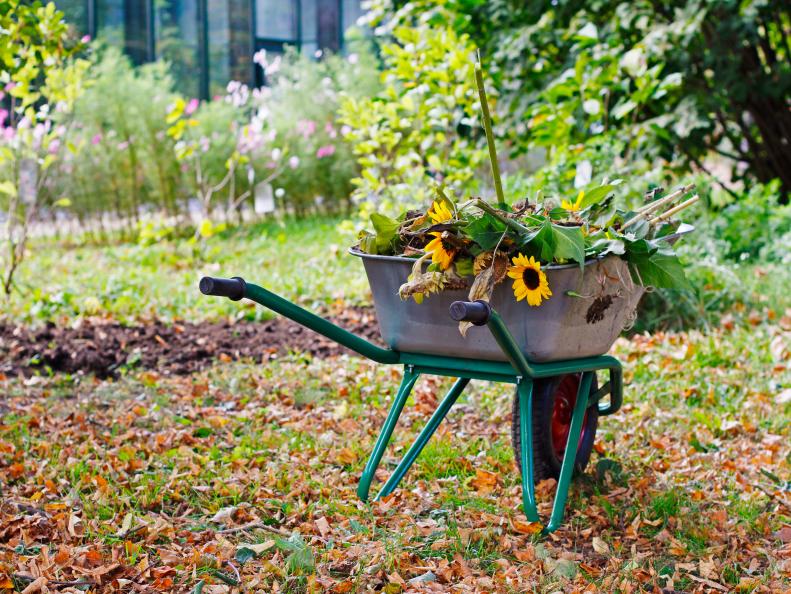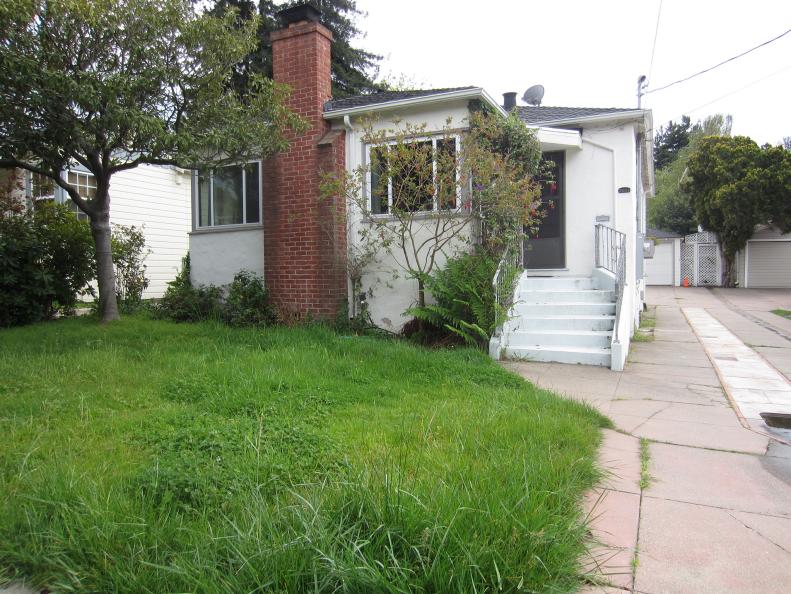1 / 60
Photo: © iStockphoto/yulyao
Mistake: Not Recycling Your Fall Yard Waste
Fall yard projects tend to produce a good amount of waste; what a shame to let good waste go to waste.









